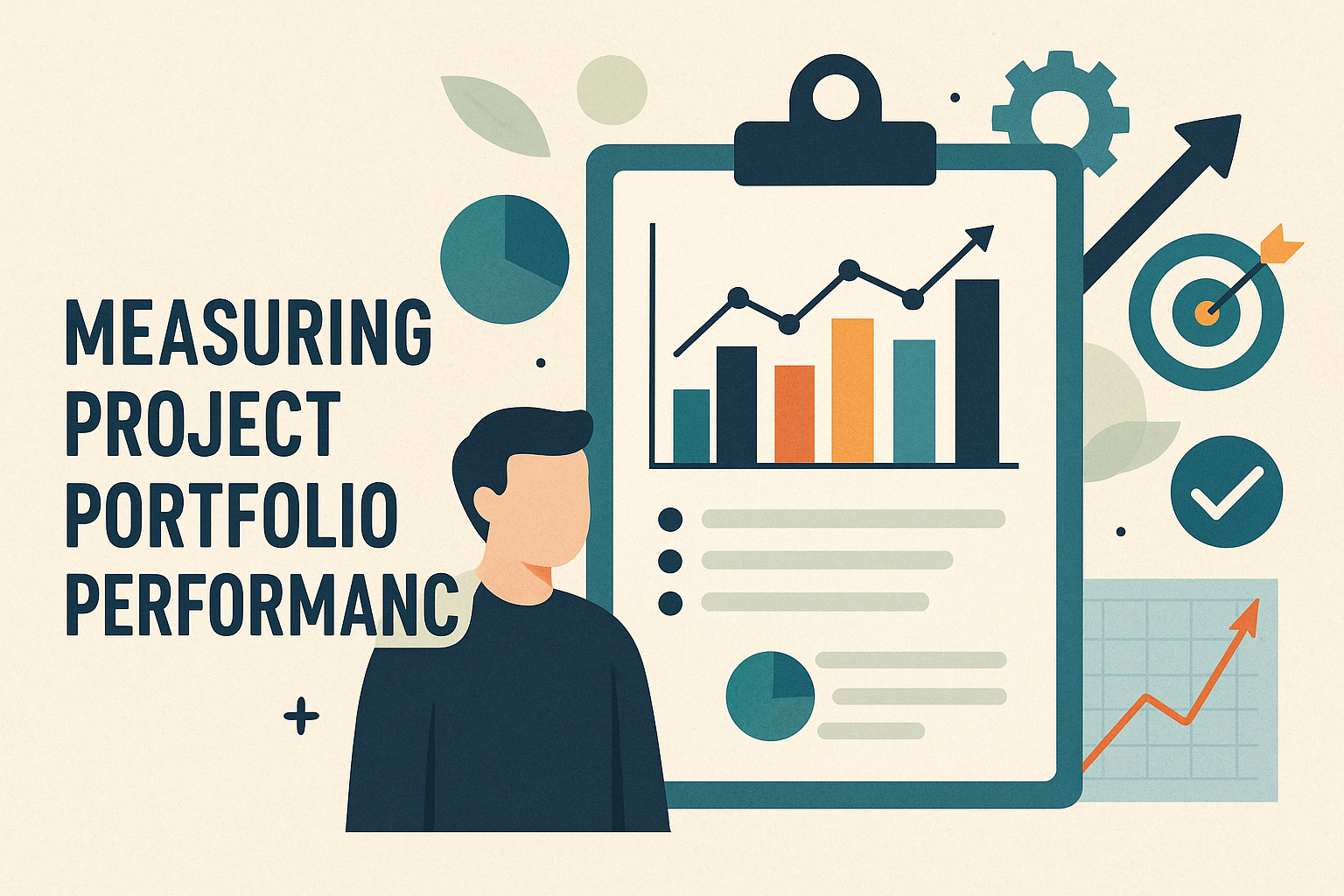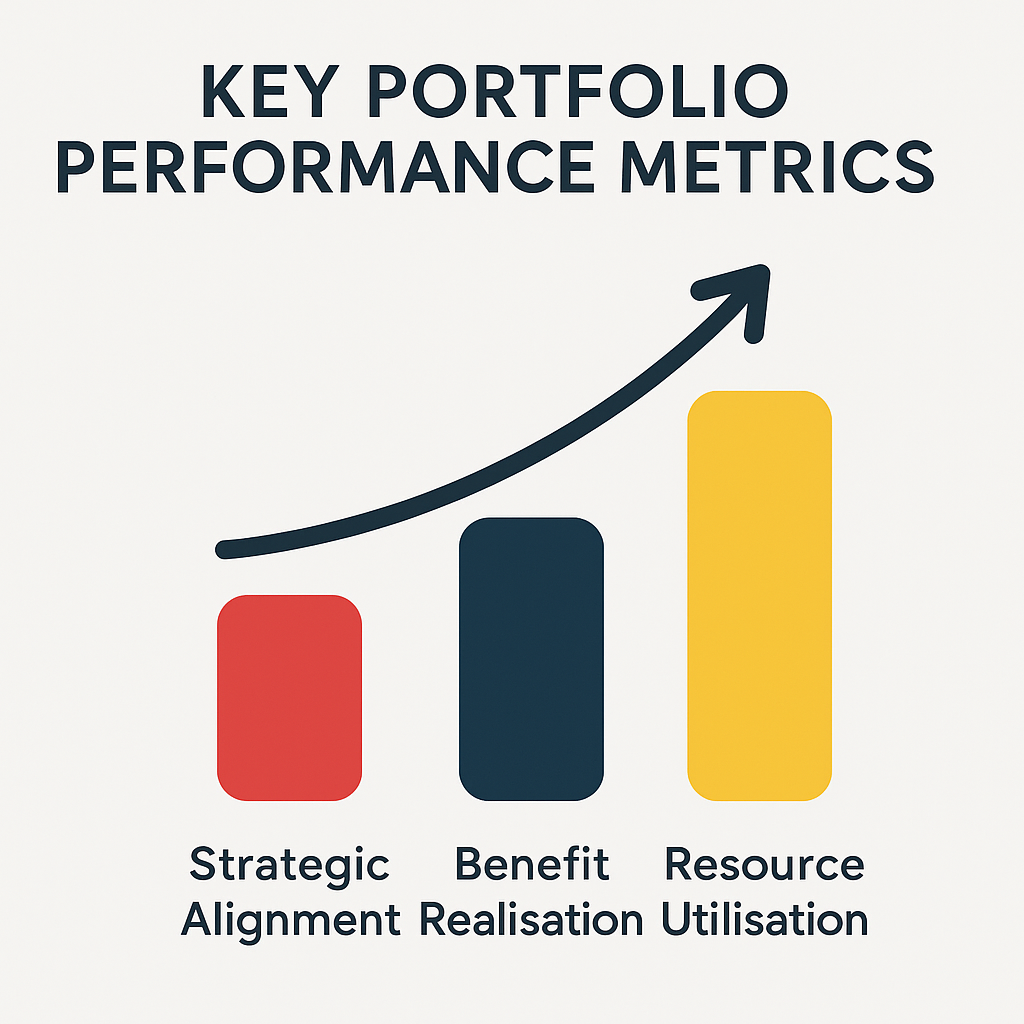
Measuring your project portfolio performance isn’t just a nice-to-have, it’s essential. Without clear portfolio performance metrics, it’s easy for organisations to lose sight of strategic goals, waste resources on underperforming projects, and miss opportunities to maximise benefits.
But what exactly should you be tracking, and how can you use these insights to steer your portfolio towards success?
At its core, portfolio management is about making informed decisions that align projects and programmes with your organisation’s broader strategy.
Metrics are your compass, they reveal where things are working, where risks are mounting, and where adjustments are needed. When properly selected and tracked, portfolio metrics empower decision-makers to:
Choosing the right metrics depends on your organisation’s goals and maturity, but some fundamentals apply across sectors and sizes:

Data alone won’t transform your project portfolio performance — what you do with it will. The best-performing organisations embed these metrics into their governance routines:
Modern portfolio management tools should make tracking these metrics effortless, providing role-based dashboards, automated reporting, and drill-down capabilities to explore root causes.
A tool that integrates strategic planning with real-time project data means your metrics don’t just tell a story—they guide decisions.
Measuring project portfolio performance is about more than numbers; it’s about creating a culture of accountability, focus, and adaptability.
By selecting meaningful metrics and acting on them, your organisation can navigate complexity with confidence, ensuring every project pushes the needle on your strategic ambitions. Effective measurement fosters informed decision-making, highlights risks early, and enables better resource allocation. It also builds trust across stakeholders by demonstrating progress and value.
Ultimately, performance measurement isn’t a one-time task—it’s a continuous process that empowers your PMO to learn, adapt, and lead with clarity in an ever-evolving business landscape.
As project environments grow more dynamic and outcomes-driven, the ability to measure what truly matters becomes a key competitive advantage. When aligned with strategic goals, performance data doesn’t just report on the past—it shapes the future of your portfolio.

Our products help you deliver successful change programmes and projects by always focusing on the overall business outcomes. Find out how our products can help you.
Discover PM3 Schedule a DemoThe majority of PMOs that are, what we call ‘value-adding’ PMOs, will need to produce dashboards...
Read more >...
Read more >